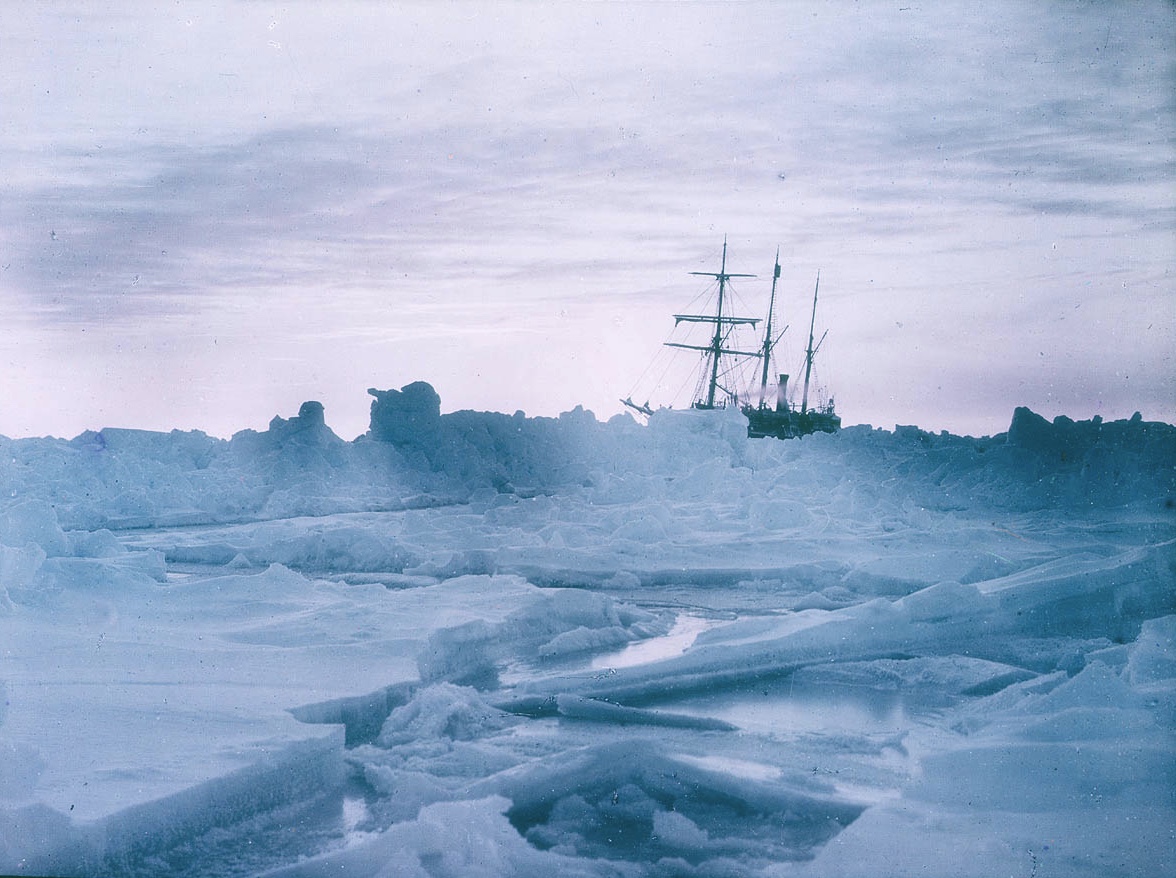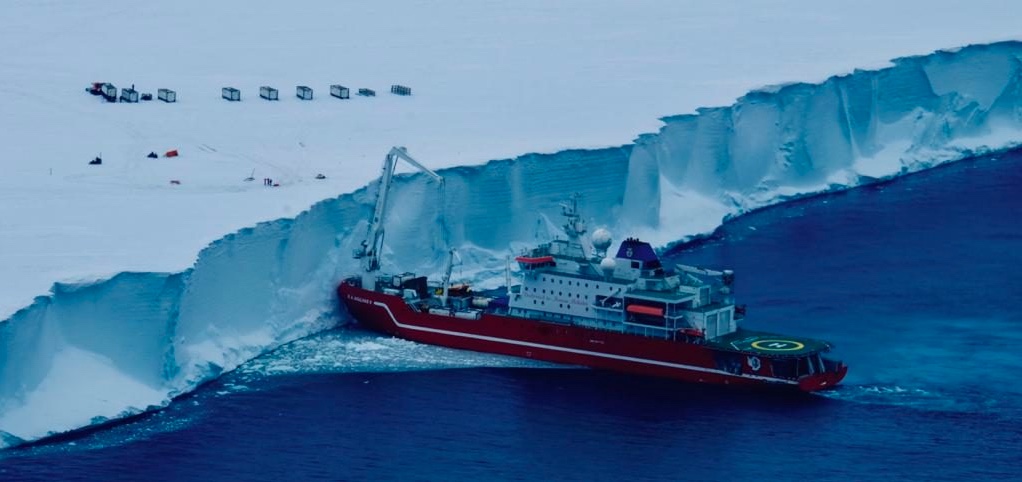Search for Shackleton's Antarctic Shipwreck Turns Back to Avoid Deadly Ice Trap
The inclement weather and heavy ice also caused the loss of one of two autonomous underwater vehicles (AUVs) that had spent several days searching for the wreck on the seafloor. The AUVs were transported by the South African polar research ship Agulhas II.
The expedition team announced today (Feb. 14) that they had abandoned the search for the wreck and the Agulhas II was now returning northward, to the edge of the Weddell Sea, to avoid being trapped.
"As a team, we are clearly disappointed not to have been successful in our mission to find Endurance," said British maritime archaeologist Mensun Bound, the director of the exploration phase of the Weddell Sea Expedition. [In Photos: Searching for Shackleton's 'Endurance' Shipwreck]
"Like Shackleton before us, who described the graveyard of Endurance as 'the worst portion of the worst sea in the world,' our well laid plans were overcome by the rapidly moving ice and what Shackleton called 'the evil conditions of the Weddell Sea,'" Bound said in a statement.
The Endurance was crushed by ice and sank to the seafloor in November 1915, forcing Shackleton and his crew to trek on foot and float on sheets of ice for hundreds of miles across the harsh Antarctic terrain to Elephant Island, at the northern tip of the Antarctic Peninsula.
Shackleton and five of his men then navigated in a small lifeboat for 800 miles (1,280 km) to a whaling station on the subpolar island of South Georgia to bring back help to the remaining crew; remarkably, all 27 members of the expedition survived the ordeal.
Frozen sea
The Agulhas II reached the last recorded position of the Endurance two weeks ago, after scientists onboard completed their studies of the region, located beside the Larsen C Ice Shelf, which was exposed by the breaking off of the Delaware-sized A-68 iceberg in July 2017.
Get the world’s most fascinating discoveries delivered straight to your inbox.
The searchers hoped that the two AUVs onboard the Agulhas II would help them find the wreck of the Endurance, which is thought to rest about 9,800 feet (3,000 m) of water beneath a layer of sea ice. But the fast-moving sea ice caused one of the AUVs to lose communications with the ship for several days during its search of the seafloor, although it was later recovered. The other AUV went missing completely a few days ago, after it had been searching underwater for more than 30 hours and had traveled beneath a large ice floe.
Julian Dowdeswell, the expedition's chief scientist and director of the Scott Polar Research Institute at the University of Cambridge in the U.K., said it was unlikely that another polar research ship could venture into the region soon.
"The science and the search for the Endurance are high-risk, high-reward kinds of things," Dowdeswell told Live Science. "The sea-ice conditions are always very difficult there, and that is why nobody has searched for the Endurance before."
Dowdeswell said that the team of scientists onboard the Agulhas II had been fortunate to complete the first marine and geological surveys of the region next to the Larsen C Ice Shelf since it was exposed by the A-68 iceberg almost two years ago.
"The expedition has been extremely successful in terms of the amount of scientific work we have been able to do in this difficult region," he said. "It was kind of 'so near and yet so far' with the [wreck] search."
But he remains hopeful that the search for Shackleton's ship will one day be resumed.
"It is one of those things that stands out as an obvious challenge, and I have no doubt that that challenge will be revisited at some time in the future," Dowdeswell said.
- In Photos: Antarctica's Larsen C Ice Shelf Through Time
- Antarctica: The Ice-Covered Bottom of the World (Photos)
- Mayday! 17 Mysterious Shipwrecks You Can See on Google Earth
Original article on Live Science.
Tom Metcalfe is a freelance journalist and regular Live Science contributor who is based in London in the United Kingdom. Tom writes mainly about science, space, archaeology, the Earth and the oceans. He has also written for the BBC, NBC News, National Geographic, Scientific American, Air & Space, and many others.




